Ever wondered if your cedar woodwork needs that extra seal? Let’s uncover the secret to long-lasting cedar projects!
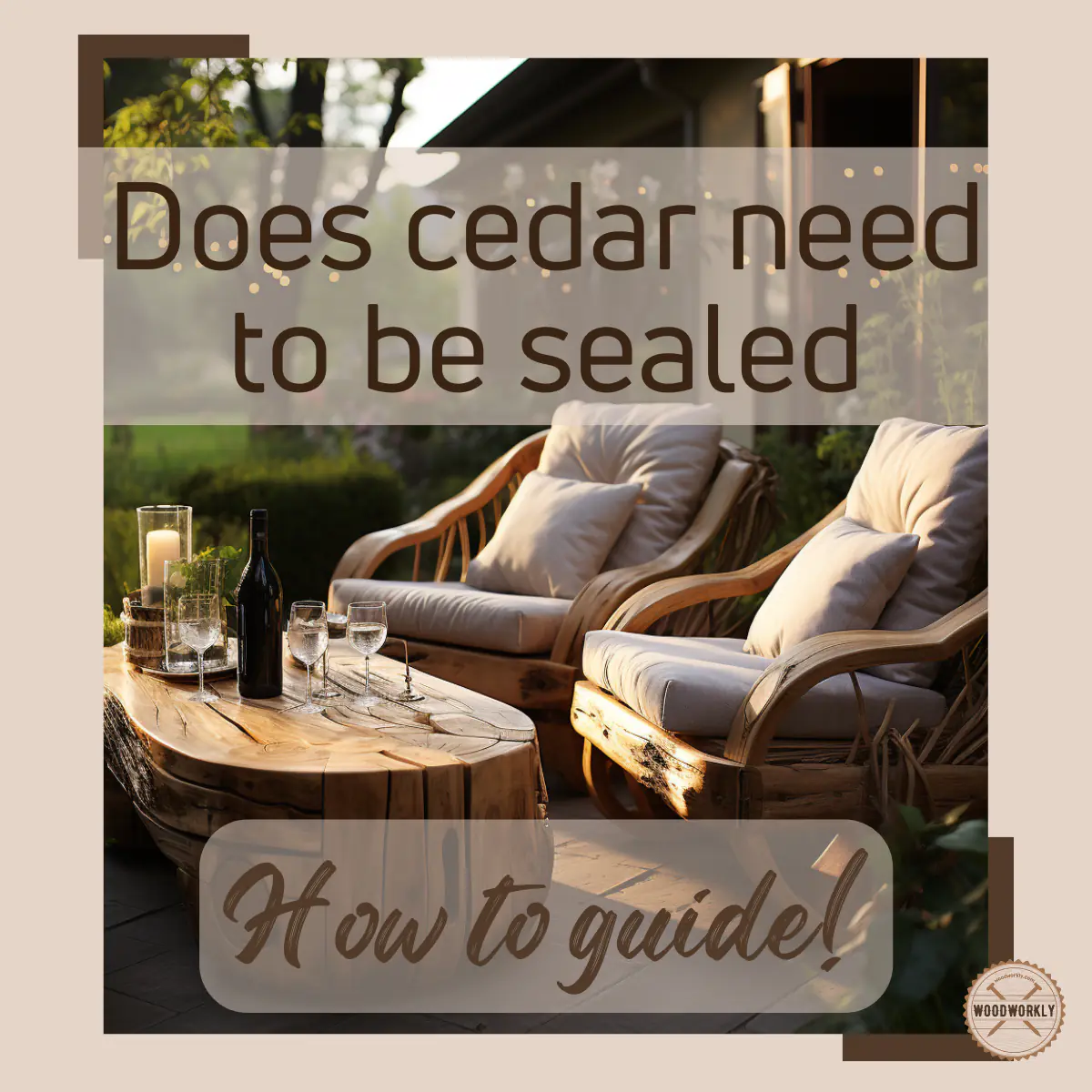
It’s surprising to see how lovely cedar wood appears. The tone and color are just excellent, especially once it has faded to a light grey without any marks.
However, I was curious about whether it is necessary to seal cedar wood since it already has excellent resistance to rot and can repel bugs and insects as well.
So, I conducted in-depth research on this with the help of woodworking experts.
Here’s what I’ve found about, Does cedar need to be sealed?
Yes, sealing cedar is essential to protect it from weathering, UV radiation, and to prolong its lifespan. To seal cedar, clean it thoroughly, then apply a quality sealer using a brush or roller, focusing on all surfaces, including edges and joints. It’s advised to reseal every 1-2 years.
But that’s just a quick snapshot.

If it’s ignored in conditions, it breaks down and fades, so the best way to protect cedar wood is to seal it.
In this article I’ll explore does cedar needs to be sealed and how to seal cedar wood properly using the right techniques.
Furthermore, I’ll answer some frequently asked questions as well.
Let the fun begin!

Should Cedar Be Sealed?
Yes, cedar’s unique beauty will fade, turn grey, and seem ugly in a few months without sun protection. I seal it because it preserves wood’s quality and durability.
Sealing keeps cedar from cracking, graying, and warping and keeps its lovely color.
Cedar is perfect for fences, gates, and outdoor uses. Its smoothness and firmness make it ideal for walking.
Cedar is tougher than other woods, so it splits and cracks rarely. I often inspect my fence for damage and do quick repairs.
Sealing your deck improves its longevity.
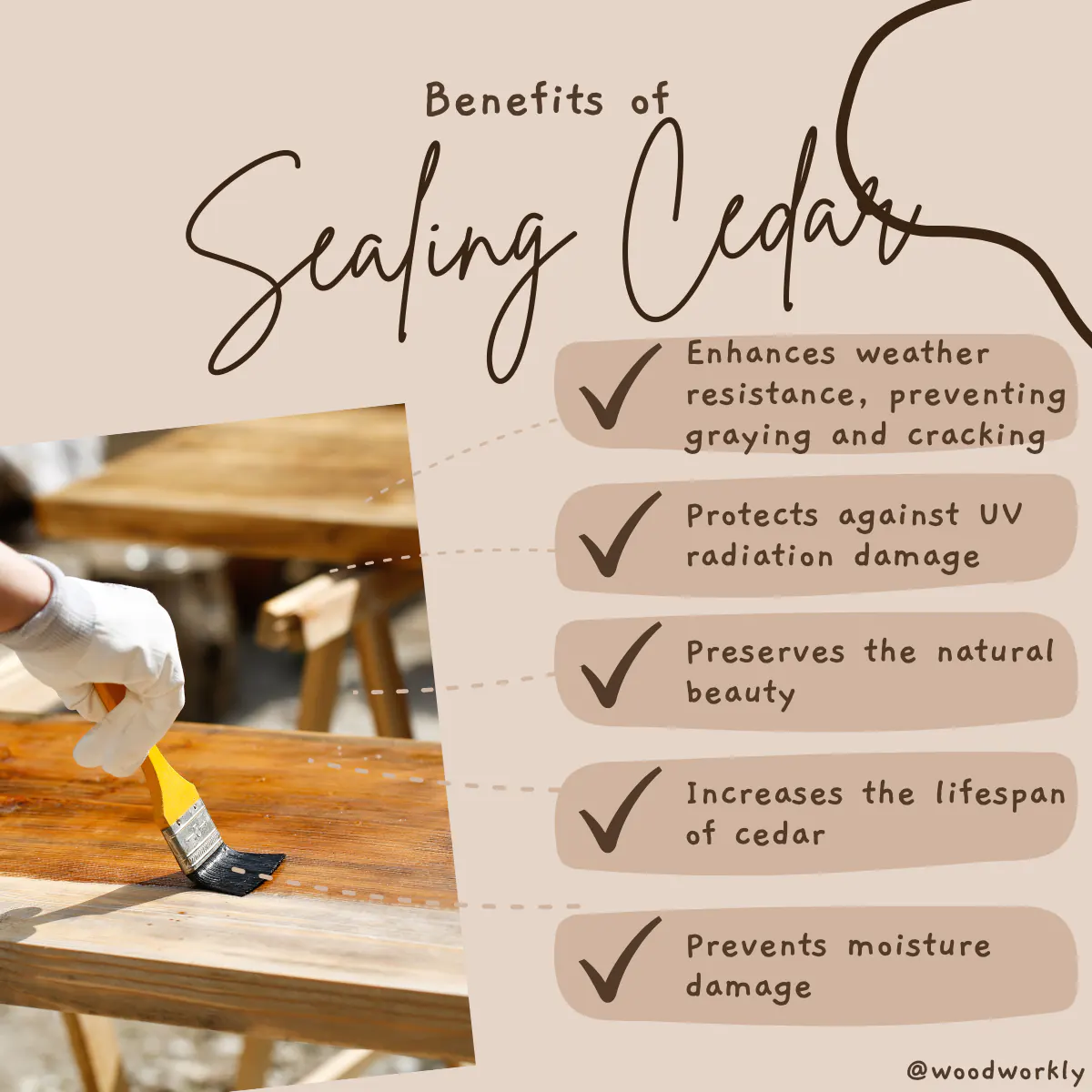
Does Red Cedar Need To Be Sealed
Yes, because sealing slows wood aging and keeps the color. With its pest and rot resistance, red cedar is used for fences, decks, and furniture.
Outdoor use of red cedar requires no sealing or finishing.
I use Red cedar because it is excellent for outdoor work since its oils and tannins prevent dampness and rotting.
But do you know why so many people leave red cedar unfinished?
Let red cedar age and create a lovely grey patina. I shield it from UV radiation and moisture with a clear sealer since I like its authentic color.
To keep red cedar’s protective traits, use the supplier’s advice and reapply sealer or finish as necessary.
Since red cedar’s natural characteristics prevent decay, sealing it only keeps its beauty.
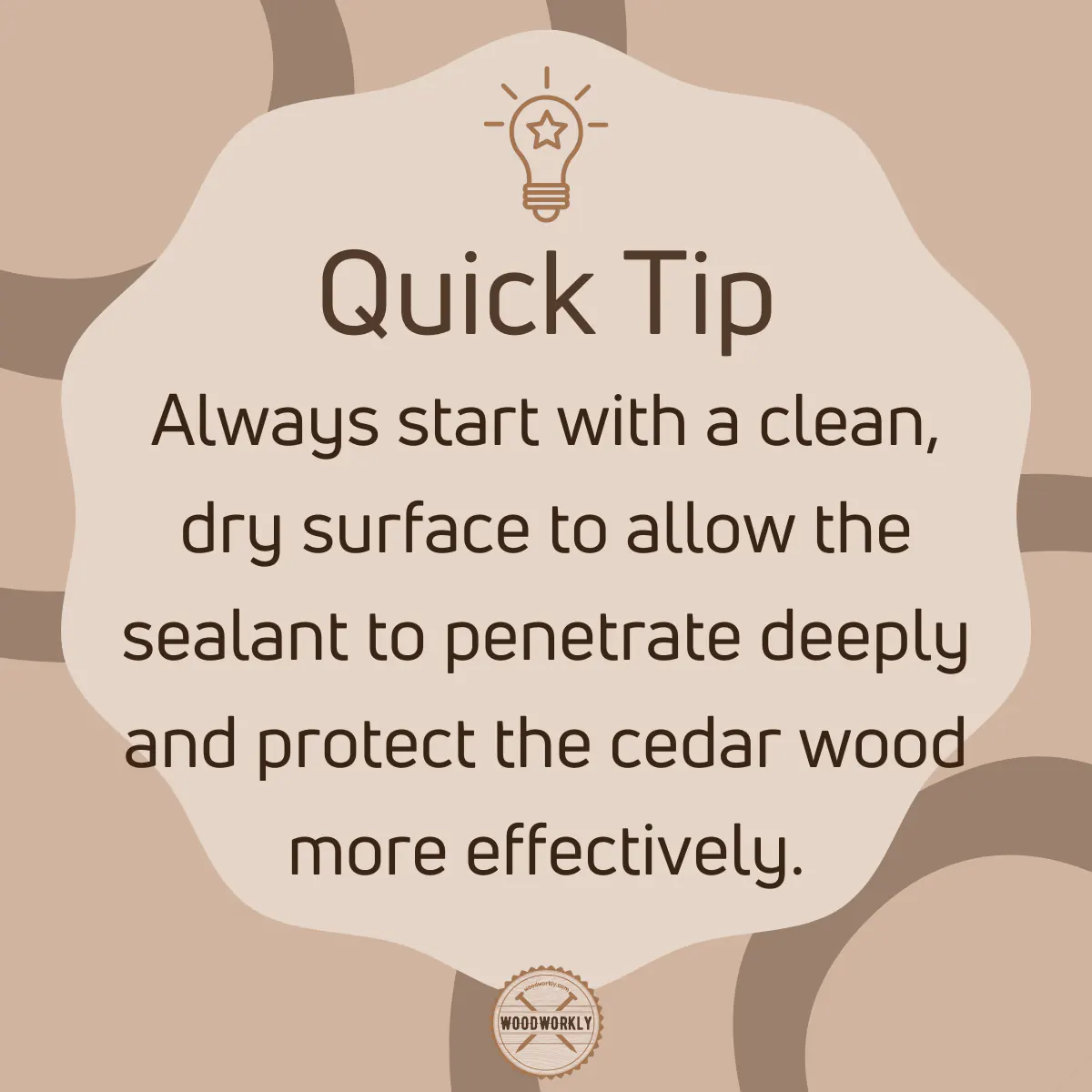
Pros and Cons of Sealing Cedar
Sealing cedar wood has perks and cons, based on your needs and tastes.
Here are some pros and cons that I gain from sealing cedar:
Pros of Sealing Cedar
- Beauty Enhancement: Many sealers give cedar a faint shine or highlight the wood grain. I think it’s good for interiors.
- Better Durability: I seal cedar wood because it can last more and take less upkeep. It’s very useful in harsh climates.
- Safety from UV Rays: Sunlight may turn cedar grey. I sealed it to keep its authentic color against UV radiation.
- Water Resistance: Sealing cedar avoids warping, splitting, and rotting. I think outdoor cedar projects like decks and fences need this.
- Simple Upkeep: Sealed cedar is simpler to clean. I clean the wood with just soap and water and always keep it clean.
Cons of Sealing Cedar
- Price and Effort: I know from experience that sealing cedar needs effort, time, along with an expense in sealer and application gear. It can bother homeowners.
- Upkeep Needed: Sealed cedar requires upkeep from time to time. I know that sometimes the sort of sealer and surroundings might need reapplication yearly or every three years.
- Peeling or Flaking: When the sealer is badly done or weakens, it can peel or flake, ruining the wood’s look.
- Changing Looks: Seal cedar to keep the original color, but many sealers leave it darker or glossier. These might not satisfy people who like the wood’s original beauty.
- Environmental Effects: Many sealers contain hazardous materials. I suggest applying an eco-friendly sealant can help.

Best Sealers for Cedar
I sought after wood sealers for their knack for protecting wood, though not all work well. Many might damage the wood or are tough to use, making it exposed.
Do you know the best cedar wood sealers?
Here are the best cedar wood sealers I use for a great finish:
- Seal-Once Marine Premium Wood Sealer
- Deck Premium Semi-Transparent Deck Stain
- Hope’s 100% Pure Tung Oil
- Ready Seal 525 Exterior Stain and Sealer
- Olympic Maximum Wood Stain and Sealer
Now let me tell you more about these wonderful sealers for cedar.
1. Seal-Once Marine Premium Wood Sealer
I use Seal-Once Marine Premium Wood Sealer since it is a top-rated waterproof sealant and wood stain that protects wooden surfaces like boats, docks, and decks, along with outside creations from water harm, mold, and sun-induced fading without long surface preparation.
2. Deck Premium Semi-Transparent Deck Stain
This water-based, sun-resistant sealant and stain deeply penetrates fences and decks, preserving and strengthening them.
I think its pale walnut, dark walnut, and organic colors are simple to maintain.
3. Hope’s 100% Pure Tung Oil
Hope’s 100% Pure Tung Oil is a versatile, lasting, and eco-friendly wood finish that thoroughly enters and preserves wood while being harmless for people and the environment, so it’s excellent for cutting boards and kitchen items.
4. Ready Seal 525 Exterior Stain and Sealer
I enjoy using this oil-based semi-transparent sealer protects and colors cedar wood, making it a low-cost sealer and stainer.
It needs surface cleaning and drying time before use.
5. Olympic Maximum Wood Stain and Sealer
The semi-transparent Olympic Maximum Wood Stain and Sealer is wonderful since it highlights wood grain and provides weather-ready use, fast drying, waterproofing, and UV protection for longevity.

Does Interior Cedar Need To Be Sealed
Yes, I believe it’s necessary to seal the interior cedar. Sometimes it makes the wood easy to maintain, but it can also take away cedar’s unique scent.
The way you seal interior cedar depends on how you’d like it to appear and how simple it is to keep up.
Does Outdoor Cedar Need To Be Sealed
Yes, I typically suggest sealing outdoor cedar.
Although cedar is naturally resilient, sealing it protects it from moisture, sunlight, and various outdoor elements, expanding its life and boosting its look.
Keeping it in decent condition takes regular care.
Does a Cedar Fence Need to Be Sealed
Yes, I recommend that you put a seal on a wood fence. Sealing stops the wood from going grey, breaking, and warping.
It also helps wood battle moisture, which makes rot and molds less likely.
I always seal a fence since it makes it easy to clean and upkeep it, which keeps it looking nice while working well.
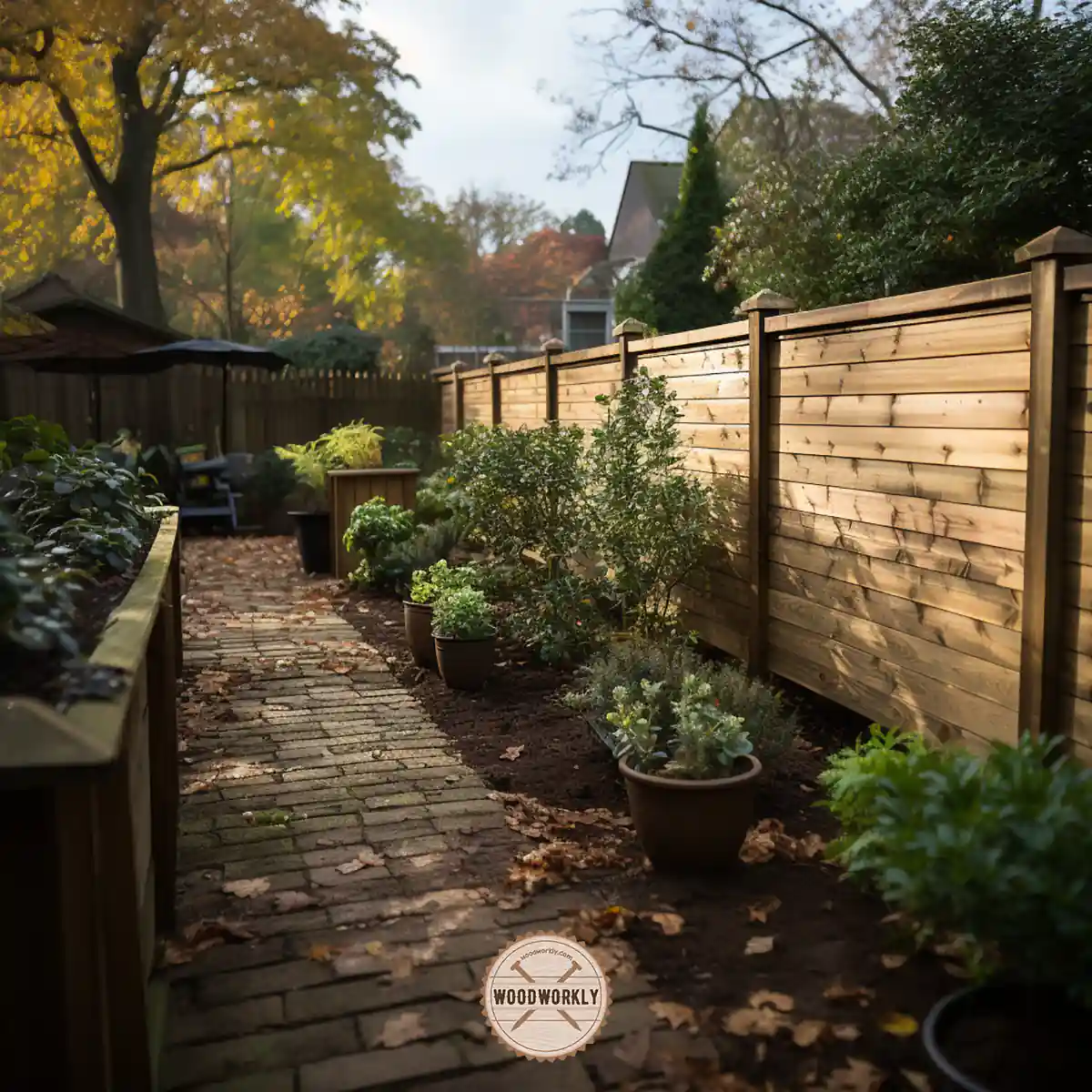
Does a Cedar Deck Need to Be Sealed
Yes, a wood deck should be coated with a sealer. Decks have a lot of foot traffic and are faced with severe weather, I think maintaining them is essential.
It guards against moisture, sunlight harm, and wear, stopping the wood from splitting, cracking, and deteriorating.
I seal it since decks only last so long as they are cleaned and resealed routinely.
Does Cedar Siding Need to Be Sealed
Yes, sealing wood siding is possible, notably in places that have a lot of rain or sun.
Always make sure to seal cedar as it makes colors last longer, keeps out moisture, and guards against weather.
It also keeps mold and mildew from growing, which increases the siding’s lifetime.
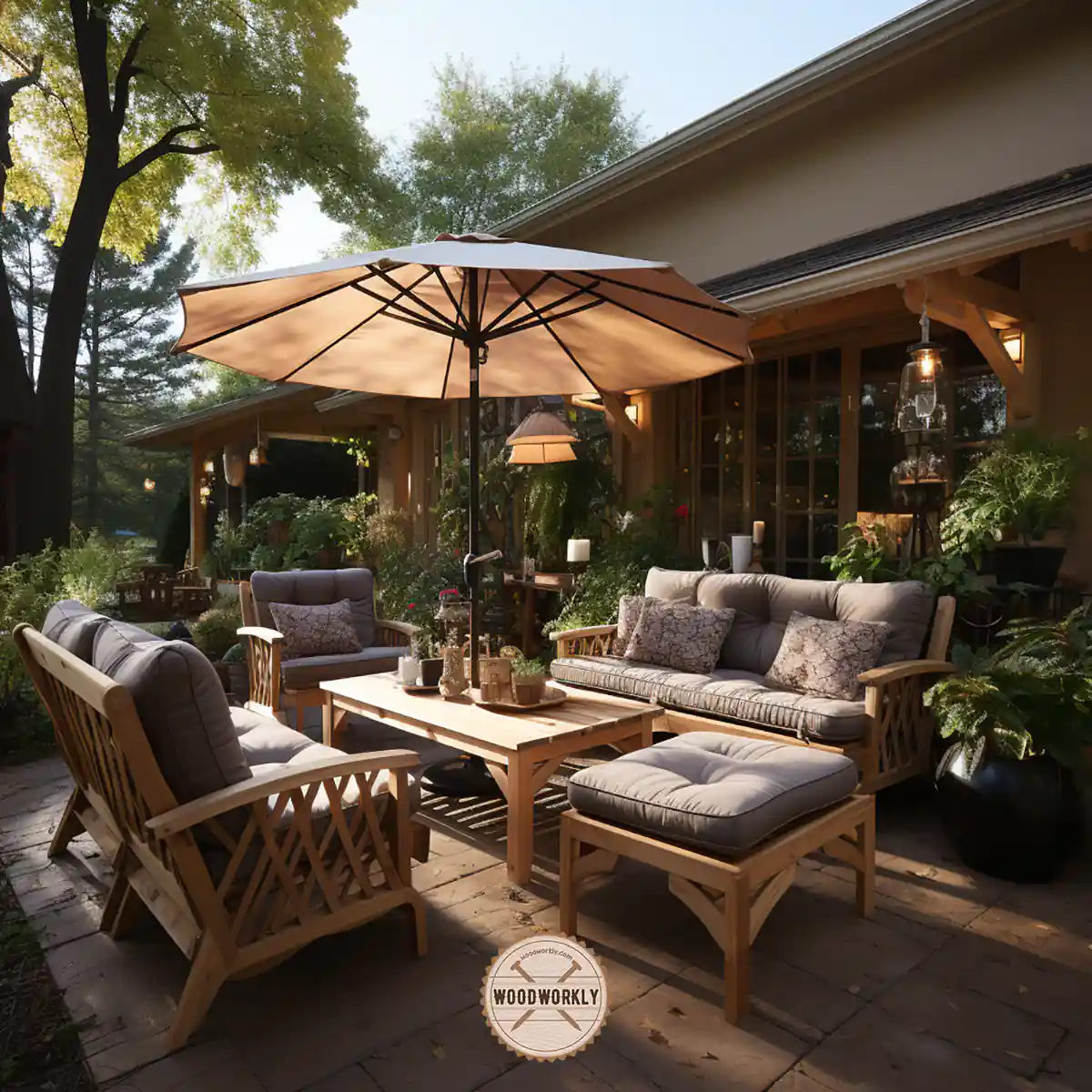
Now let’s see how to seal interior cedar properly.
First, you need to collect the following tools and materials.
Supplies You Will Need to Seal Interior Cedar
- Sealer
- Penetrating Oil (Tung Oil or Linseed Oil)
- Brush or Roller
- Lacquer
- Cedar furniture or woodwork
Grab the above supplies from a quality manufacturer and get ready to seal your interior cedar furniture without making any mistakes.

How to Seal Interior Cedar
Sealing cedar wood makes it simple to clean if you don’t care about leaving the qualities of the wood’s surface for your home’s decor.
Sealing interior cedar is very easy. So let me teach you how to do it properly.
Here is how to seal interior cedar properly,
- Prepare the Cedar Surface
- Sealer Choice
- Area Ventilation
- Put Sealer
- Let It Dry
- Apply Lacquer
Now I’ll explain these steps in more detail to get you a clear idea of sealing interior cedar.
1. Prepare the Cedar Surface
Start by clearing the interior cedar surface of dirt and dust to better the finish.
2. Sealer Choice
Depending on the finish, I use tung oil or linseed oil to keep the wood’s unique aspect or a thinned or gloss sanding sealer for a shiny, tough finish.
3. Area Ventilation
Open the room doors and windows for good ventilation and a secure workspace.
Sealers and other harsh chemicals that we use in this process release harmful fumes that can cause breathing issues.
Therefore, your area should be ventilated properly.
4. Put Sealer
Just apply the sealer to the cedar surface with brushes or rollers to guarantee a full application.
Read to know my comprehensive guide about How to apply Linseed Oil On Cedar!
5. Let It Dry
The product’s guidelines advise drying the first use of sealer carefully.
6. Apply Lacquer
Apply extra layers of sealer or lacquer for endurance and sheen, based on the desired level of safety and finish.
Now let’s see how to seal exterior cedar properly.

First, you need to collect the following supplies.
Supplies You Will Need to Seal Exterior Cedar
- Sealer
- Soap
- Water
- Clean Cloth
- Brush or Roller
- Exterior Cedar furniture or woodwork
Grab the above supplies from a quality manufacturer and get ready to seal your exterior cedar woodwork like a pro.
How to Seal Exterior Cedar
Since cedar is resilient and doesn’t rot, it’s often used to make top-notch fences, furniture, and playsets that don’t need polish.
So you should know how to seal it.
Here is how to seal exterior cedar,
- Clean the Cedar Surface
- Wash the Cedar Wood
- Picking the Correct Sealer
- Put the Sealer
- Repeat If Necessary
Let me teach you more about my method of sealing exterior cedar properly.
1. Clean the Cedar Surface
Always clean and dry the exterior cedar surface to stop dirt and grime from affecting its finish.
2. Wash the Cedar Wood
Pressure washers can harm cedar, so I hand wash it with soap and water. Fully air-dry the cedar before continuing.
3. Picking the Correct Sealer
Use a clear cedar sealer for UV blockage or a water sealer for weather resistance without color changes.
4. Put the Sealer
Apply sealer or stain carefully to clean, and dry cedar wood using brushes or rollers, giving special focus on edges, joints, or board ends that are particularly sensitive to moisture infiltration.
Make sure to follow the direction of the wood grain when applying sealer on cedar to get a nice even look.
5. Repeat If Necessary
I recommend reapplying sealant every year or so to keep the wood protected and lovely. Regular care protects the cedar’s elegance and life.

How To Seal Cedar without Changing Color?
It is very simple to seal cedar without changing the color or damaging your wood in any type of way.
Supplies you will need to seal cedar without changing color,
- Clean Cloth
- Sealer
- Brush or Roller
- Sandpaper
- Soap
- Water
- Cedarwood
Here’s the best procedure to seal cedar without changing color,
- Set Up the Cedar Surface
- Pick Clear Cedar Sealer
- Test First
- Add Sealer
- Remove Excess
- Dry
- Check the Finish
Let me teach you more about my method of sealing cedar without changing color.
1. Set Up the Cedar Surface
Simply clean the cedar surface and gently polish any hard areas.
2. Pick Clear Cedar Sealer
Use a clear cedar sealer that won’t change the wood’s color.
3. Test First
To ensure the sealer won’t change the cedar’s color, I use it in a tiny, unnoticed spot before putting it on the whole surface.
4. Add Sealer
Only use clear cedar sealant properly on cedar surfaces with brushes or rollers. Make sure to follow the wood grain upon application.
5. Remove Excess
When applying a sealer, I remove excess with a cloth to stop drips or stains.
6. Dry
Make sure to follow the product’s drying time and dry the sealer fully.
Always follow the manufacturer’s instructions when letting the sealer dry and cure.
7. Check the Finish
Finally, check to ensure the cedar keeps its color after drying.
If you like the outcome, then you’ve successfully sealed the cedar without changing the color.

Tips for Sealing Cedar
Since you know all about how to seal cedar wood, here are some important tips to remember when sealing cedar:
I’ve learned the following tips by sealing different types of cedar furniture and woodwork for years.
Tips and tricks below will take your cedar wood finishing project to the next level.
- Perfect Preparation: To seal the cedar surface easily, I always clean, dry, and remove dust, filth, and grime.
- Getting the Ideal Sealer: I only choose an excellent cedar sealer or stain for UV protection, water resistance, or wood color.
- Testing: Before putting the sealer to the whole surface, I check it in a tiny, overlooked place for safety and desired results.
- Evenly Apply: I use brushes or rollers to apply the sealer to edges, joints, and board ends that are more open to moisture.
- Maintaining: To keep the cedar’s safety and look, I suggest reapplying the sealer at least annually or as advised by the product.
Check out Does Cedar Stain Well? (2023 Ultimate Guide!)
Sealing cedar wood is simple, whether it’s new wood, a cedar fence, or red cedar.
Actually, It’s exciting to brush or roll the sealant over the wood. You just have to pick the correct sealer for the wood.
Congrats folks! now you know exactly does cedar need to be sealed and how to do that properly without making any mistakes.
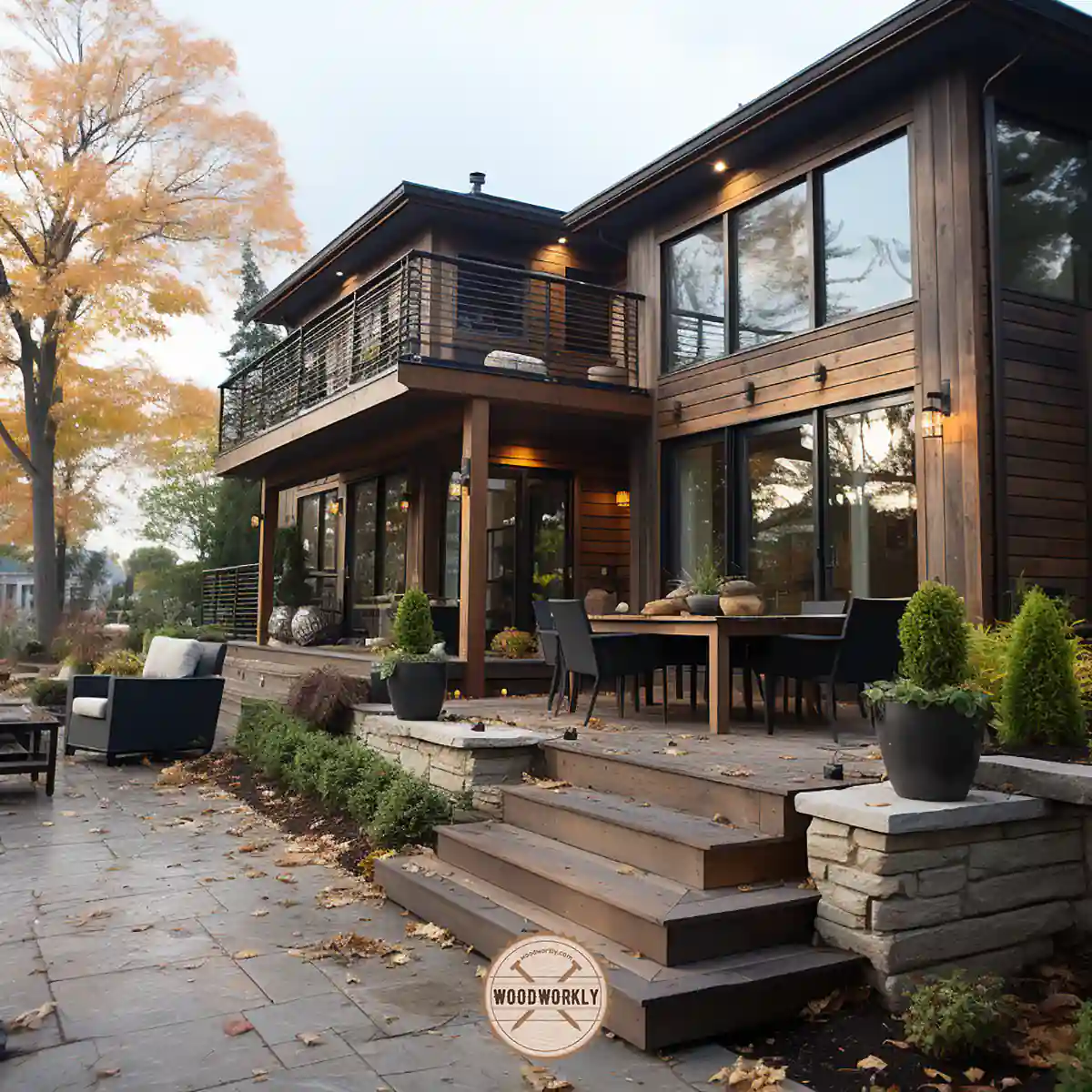
So, let’s answer some frequently asked questions.
FAQs
Do I Need to Seal Cedar Wood?
Absolutely! Sealing cedar not only prolongs its life but also protects it against weather elements, UV radiation, and prevents it from graying and cracking.
Can I Paint Sealed Cedar?
Yes, you can! But ensure to use a coat of primer before painting to prevent the natural oils from seeping through and staining the paint.
What is the Best Time to Seal Cedar?
Ideally, seal your cedar wood within one to two weeks of installing or crafting your project to prevent UV damage and avoid dirt and grime buildup.
Can Cedar Be Left Untreated?
Yes, it can. Cedar has natural resins that resist rot, allowing it to perform well even without varnish, though treating it can prolong its life and maintain its original color.
What Are the Best Sealants for Cedar?
Depending on your preference, you can choose between opaque paints, semi-transparent stains, or transparent preservatives and oils for a durable and visually appealing finish.
How Often Should I Seal Cedar?
To maintain its charm, it’s recommended to reseal your cedar every one or two years, depending on the weather conditions and the type of sealant used.
How Can I Seal Cedar Without Changing its Color?
Use a water-based polyurethane or acrylic lacquer, which are specially designed to seal the wood without altering its natural color.
What are the Steps for Sealing Cedar?
Clean and dry the cedar wood thoroughly before applying the chosen sealant with a roller or brush, ensuring an even coat and paying special attention to edges and joints.
Did I cover all you wanted to know about: Does Cedar Need to Be Sealed?
In this article, I’ve deeply discussed does cedar need to be sealed how to seal interior cedar and exterior cedar, and how to seal cedar without changing its color with expert tips and tricks.
Sealing cedar is recommended to prolong its lifespan and maintain its vibrant color. Sealing protects cedar from weather elements, UV radiation, and prevents it from graying, cracking, and fading. It safeguards the wood from moisture and retains its natural beauty for a longer time.
Furthermore, I’ve answered some frequently asked questions as well.
Hope you’ve learned all you wanted to know about does cedar needs to be sealed and how to do that properly to get promising results.
Now read the article again and again and then practice the sealing procedure with a cedar scarp wood and once you feel satisfied, go for the main one. All the best in your finishing project!